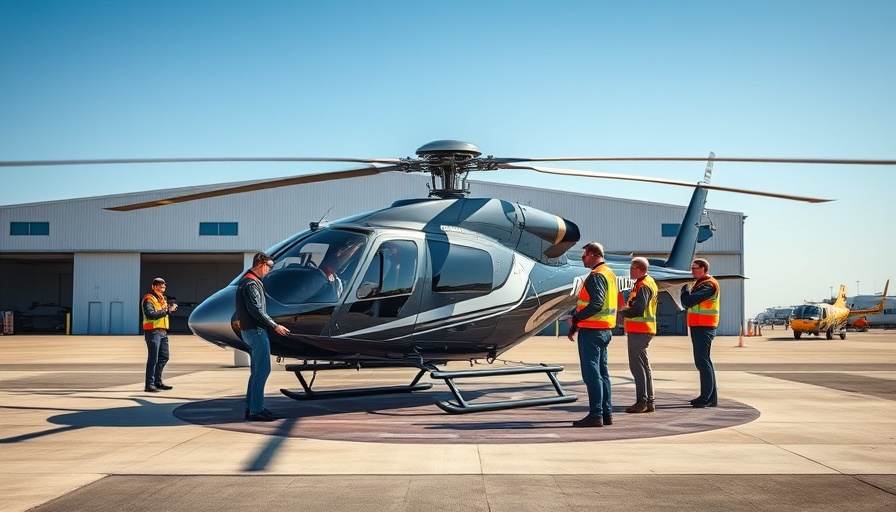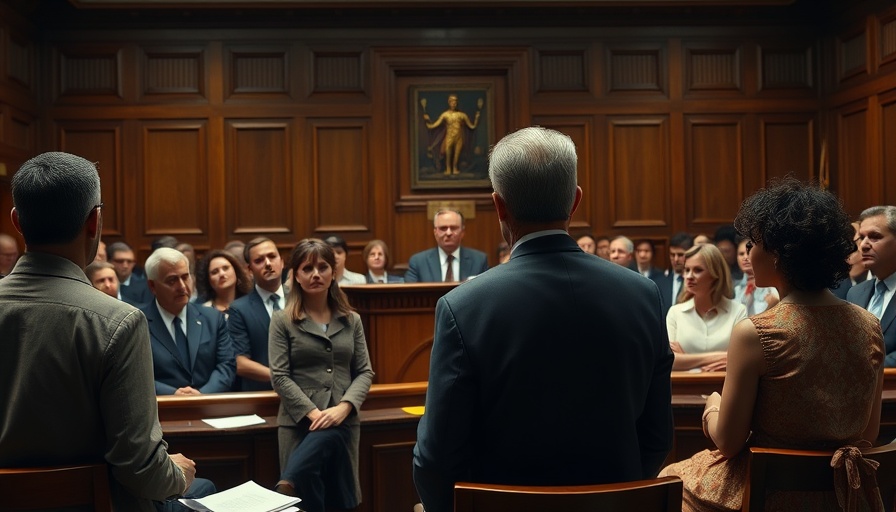
Tragedy Strikes: The Hudson River Helicopter Crash
The serene views of New York's skyline became the backdrop for a tragic incident when a helicopter tour crashed in the Hudson River, claiming the lives of two passengers. The Federal Aviation Administration (FAA) swiftly mandated that the helicopter tour company involved would halt all flights pending investigations. This incident has not only reignited discussions about safety regulations in helicopter tourism but also highlighted the inherent risks associated with such adventures, which many thrill-seekers often overlook.
Safety Regulations Under Scrutiny: What We Know
The FAA’s decision to suspend operations serves as an immediate response to safety concerns surrounding helicopter tours. These flying experiences are immensely popular among tourists who wish to experience aerial views of the iconic landmarks of New York City. However, as we witnessed, the risks can be profound. The agency has expressed intentions to review existing safety regulations and has called upon operators to adhere to stricter standards to prevent such tragedies in the future.
Understanding the Risks: The Dangers of Helicopter Tours
Many enthusiasts consider helicopter tours exhilarating. However, these flights carry significant risks that can easily be underestimated. Factors such as weather patterns, equipment failure, and pilot training play critical roles in the safety of these flights. This incident raises essential questions: Are current regulations sufficient to protect tourists? Are helicopter operators sufficiently trained to manage emergencies? If you are a potential passenger, these are vital considerations.
Emotional Impact on Families and Communities
The crash has certainly left a deep emotional impact on the families involved, as well as the local community. For those who have lost loved ones, the road ahead will be fraught with grief and questions. The tourism industry, which often presents itself as a safe escape from daily routines, now finds itself in a precarious position as public trust wanes. Families and friends are left wondering if their emotional loss will catalyze meaningful changes within a system that many believe operates with inadequate oversight.
A Call for Change: What Needs to Happen Next?
As investigations unfold, it becomes increasingly clear that this situation should push for legislative action aimed at enhancing the safety standards for helicopter tours and indeed, all helicopter operations. There is a vital need for transparency—to ensure public awareness and to help restore trust within the tourism sector.
Another essential facet is not just re-evaluating regulatory frameworks but also improving the maintenance of helicopters and enhancing pilot training programs to better prepare them for emergencies. Advocacy from industry watchdogs and survivor families can play a significant role in inciting change.
Why Your Voice Matters: Joining the Conversation on Safety
Considering the wealth of tourists and thrill-seekers participating in helicopter tours, public engagement can be a powerful tool. Whether through local forums, social media campaigns, or direct feedback to representatives, voices must unite to advocate for safety improvements in the industry. The more the general public voices its concerns, the more pressure on regulators and operators to prioritize passenger safety.
Conclusion: Moving Forward Together
The Hudson helicopter crash serves as a stark reminder that the pursuit of memorable experiences should never come at the cost of safety. While it is a tragedy that many will not forget, it must also serve as a catalyst for change. By uniting to demand safer practices in helicopter tourism, we can ensure that his incident contributes not just to a better understanding of risks but to the implementation of essential changes in regulations. It is essential for those invested in the tourism experience to advocate for their safety enthusiastically.
 Add Row
Add Row  Add
Add 




 Add Row
Add Row  Add
Add 

Write A Comment